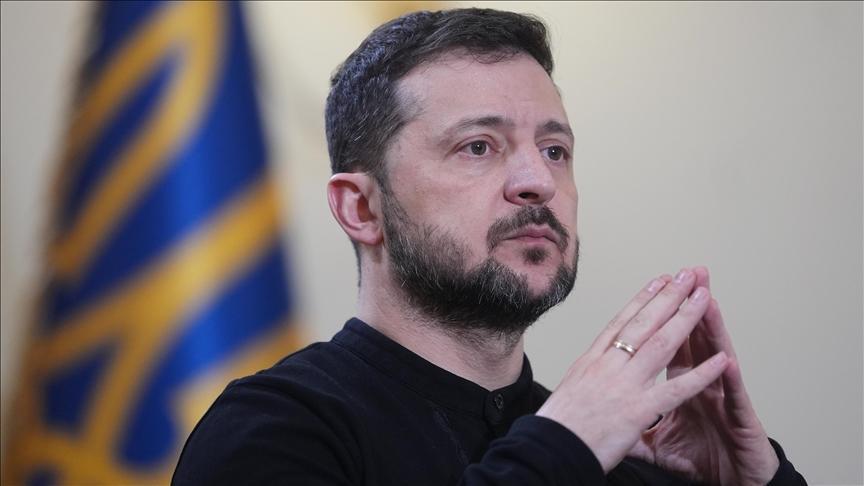Museums offer memory of Turkey’s Black Sea region
GİRESUN

The museums in the Black Sea region, bring the past to future generations. There are more than 20 museums in the northeast provinces of Artvin, Giresun, Gümüşhane, Ordu, Rize, Trabzon and Samsun.
Museums that shed light on the lifestyle, history, local architecture, beliefs and food culture in the region can be visited throughout the year.
Within the scope of the Black Sea Culture Inventory Project, carried out by the Eastern Black Sea Project Regional Development Administration (DOKAP), each of the museums have been added to the cultural inventory.
Information on the location, history and content of each of the museums and visuals are available on the website at “karadeniz.gov.tr.”
Among the museums, Baksı in Bayburt, Hagia Sophia Museum in Trabzon and Bandırma Ferry in Samsun attract attention for their content.
DOKAP Chairman Yusuf Mengi said that they focused on museums under a specific headline in the project.
“Now, museology is recognized as a science. We have put forward the current state of both the modern and classical museums in the region in terms of culture. We wanted to have a base for the new museums to be established,” he said.
Mengi added that all people could reach information about the museums on the website.
Among these museums, the Baksı Museum, located in Bayraktar village, 45 kilometers away from Bayburt, was founded by Professor Hüsamettin Koçan in 2010. The museum presents contemporary art and traditional crafts under the same roof. The museum is established on 40,000 square meters with exhibition halls, warehouse, workshops, conference hall, library and guest house.
The Baksı Museum, unlike other museums, has an identity that combines traditional and contemporary aspects on the same ground and creates economic targets with its production units.
The name Baksı stems from the old name of Bayraktar village.
Trabzon’s Hagia Sophia Museum is both a museum and a mosque. Built between 1240 and 1260, the former church was converted into a mosque after the conquest of Trabzon by Fatih Sultan Mehmet and used as a warehouse and military hospital during the war years. The building was renovated between 1958 and1962 and opened to visitors since 1964.
Trabzon also has the Kanuni Sultan Süleyman Ottoman Culture House and the Trabzon History Museum as well as the Trabzon Museum, Trabzon City Museum and Atatürk House Museum.
The Bandırma Ferry Museum, which took Atatürk and his comrades to Samsun on May 19, 1919, is in the National Struggle Park Open Air Museum.
The museum presents wax statues, a sailor clock from the 1870s, an antique telephone, a map, measuring materials, a fire tube, antique tables and chairs. Other areas in the museum are Atatürk’s room, the captain’s lodge and the captain’s cabin. The exhibition section also displays the ferry’s original drawings.
The Alaçam Exchange Museum in Samsun also stands out as a thematic museum of ethnographic artifacts.
In the Gazi Museum, there are photographs depicting the challenging phase from May 19 to the proclamation of the republic, the weapons and clothes used by Atatürk and the items that Atatürk used when he first arrived in Samsun.
The Dikyamaç Village Lifestyle Museum in Artvin opened in 2012 and showcases village life around the city. The museum exhibits traditional handicrafts and traditional tools and materials used by local people in their daily lives.
Tepeköy Traditional Life Culture Museum and Hopa Culture House and Museum, which is the first museum of Şavşat region in Artvin, also display Artvin’s culture and history.
The Giresun Museum, which served as a church and prison in the past, has been a museum for 30 years, featuring artifacts from the Hittites to Phrygians and the Ottomans.
Gümüşhane’s İkizevler City Museum, Ordu Paşağlu House and Ethnography Museum, Rize Museum, Atatürk House and Museum and İshakoğlu Natural Life Museum are among the other cultural attractions in the region.
















